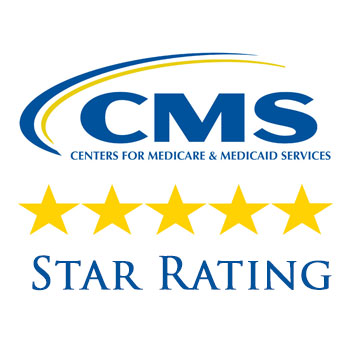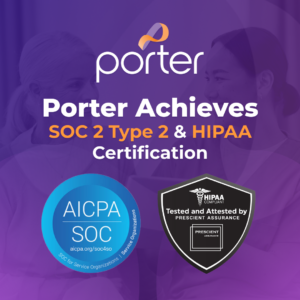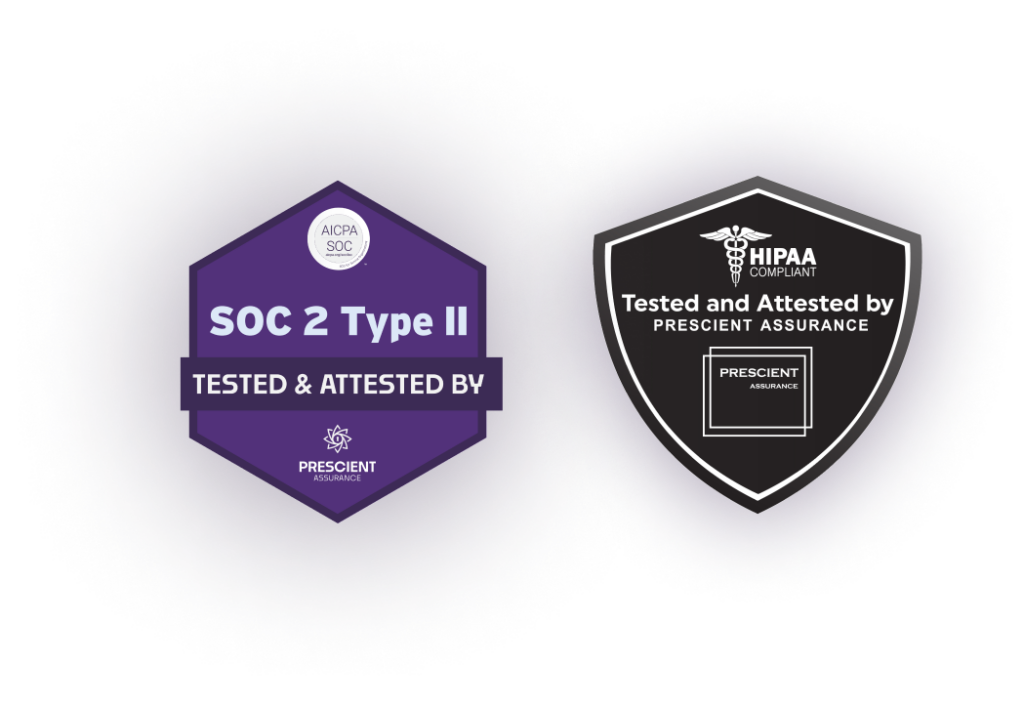Before we get into how to improve Star Ratings, it is essential to understand their origin. These ratings originated from the Centers for Medicare & Medicaid Services (CMS) as a part of the Medicare Advantage and Part D Prescription Drug programs. They were introduced in 2007 to provide health plan members with an easily understandable way to assess the quality of their plans.
These ratings reflect the performance and quality of services provided by health plans, influencing consumer choices and reimbursement rates. The guardrails from the pandemic have been lifted and the number of plans rated 4 Stars or higher has significantly decreased.
Now, more than ever, it’s crucial for Medicare plans to prioritize Star Ratings.
Here are several strategies that plans can begin implementing:
1. Focus on Preventive Care
One key strategy involves prioritizing preventive care measures, particularly through the encouragement and facilitation of Annual Wellness Visits (AWVs). Regardless of the various names these visits may bear across different health plans and vendors, an effective AWV must encompass preventive screening, immunizations, and incorporate some form of care coordination to address identified gaps.
These visits offer a critical opportunity to acquire comprehensive insights into a member’s health status and potential risk factors, enabling payers to address issues before they escalate into more significant and costly concerns.
2. Enhance Chronic Condition Management
Health plans implementing strategies to enhance care coordination among their members dealing with chronic conditions stands as a pivotal step. When members slip through the cracks, they can get lost in the healthcare system, compromising their member experience and potentially leading to costly errors that impact beyond Star Ratings.
Additionally, plans should create specialized programs designed to help members adhere to prescribed medications for chronic conditions. They should offer robust Chronic Care Management (CCM) programs that emphasize personalized care plans and continuous patient monitoring.
3. Boost Member Engagement
Enhancing Star Ratings relies significantly on boosting member engagement within the health plan. Active involvement of members through targeted communication, personalized outreach, and interactive platforms plays a pivotal role in fostering greater engagement and responsiveness. Expanding telehealth services is crucial to widen access to care, particularly in rural or underserved areas, thereby enhancing convenience for all members.
Proactively seeking and leveraging member feedback is a valuable mechanism to identify areas for improvement, ensuring health plans remain responsive and aligned with the diverse needs and expectations of their members.
4. Emphasize Provider Network and Access
Maintaining high-quality healthcare services begins with ensuring an adequate network of providers to meet the needs of enrolled members. Network adequacy involves offering a diverse array of healthcare professionals and specialists to ensure accessibility and choice for members seeking care.
Equally vital is the imperative to reduce wait times for appointments and ensure timely access to necessary services. Minimizing wait times not only enhances member satisfaction but also contributes to better health outcomes, reflecting positively on the overall quality of care provided.
5. Participate in Community Engagement
Fostering holistic well-being beyond clinical settings requires active engagement with the community. Initiatives such as community outreach programs play a vital role in connecting with local residents by offering health fairs, educational seminars, and forging partnerships with local organizations. These activities not only increase awareness but also create a sense of belonging and support within the community.
Addressing social determinants of health through collaborative efforts with community resources is equally imperative. By recognizing and addressing social factors that impact health, healthcare organizations actively contribute to improving patients’ overall well-being and health outcomes.
Conclusion
The strategies outlined aim to enhance Medicare Star Ratings by focusing on preventive care, chronic condition management, member engagement, provider network and access, and community involvement. These approaches, ranging from promoting annual wellness visits to bolstering community engagement and ensuring provider network adequacy, collectively contribute to improving the quality of healthcare services, aligning with the Centers for Medicare & Medicaid Services (CMS) standards, and ultimately enhancing the overall experience and outcomes for health plan members.
Contact us to see how Porter’s holistic approach to In-Home Assessments and Care Coordination can boost your plan’s Star Ratings.



